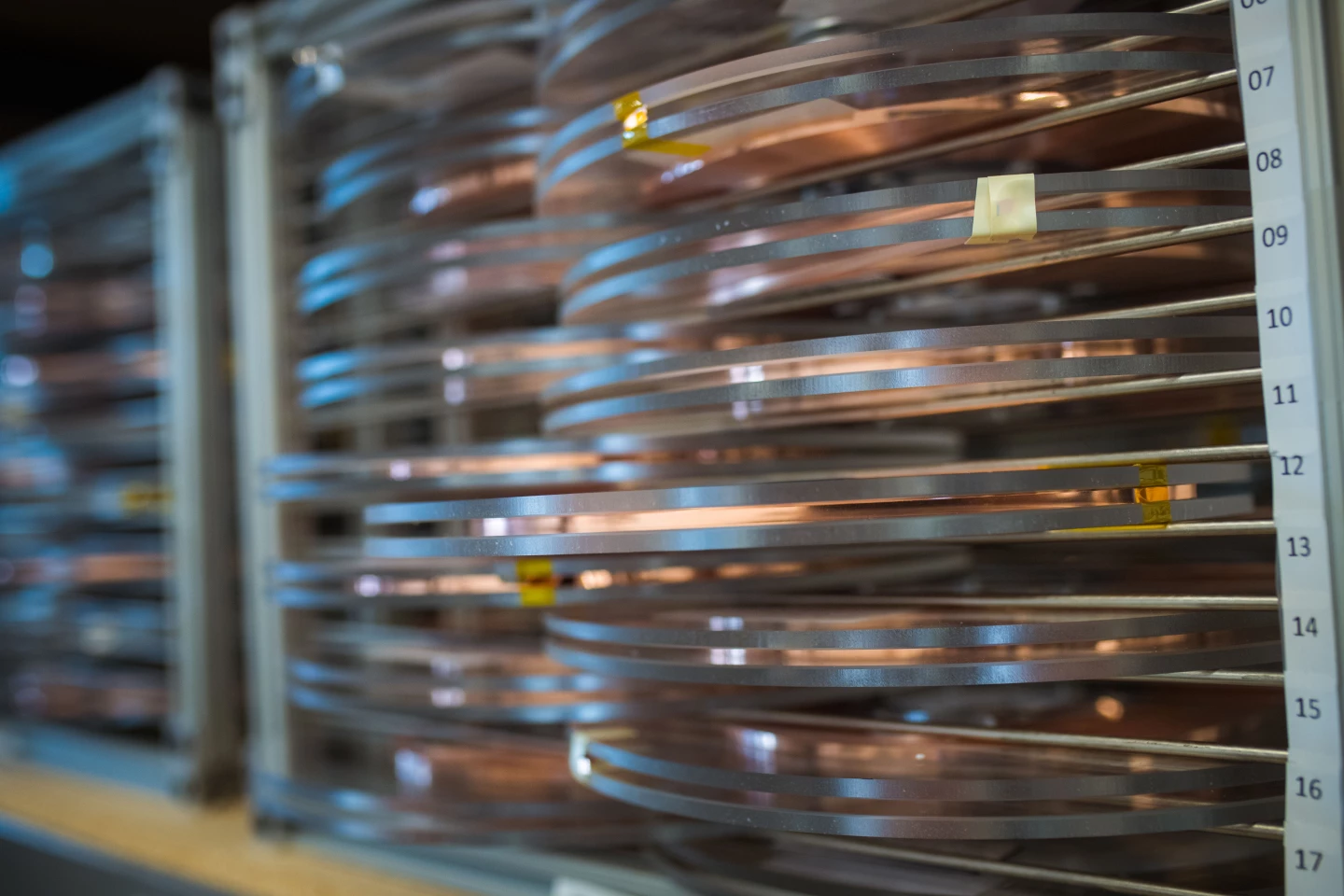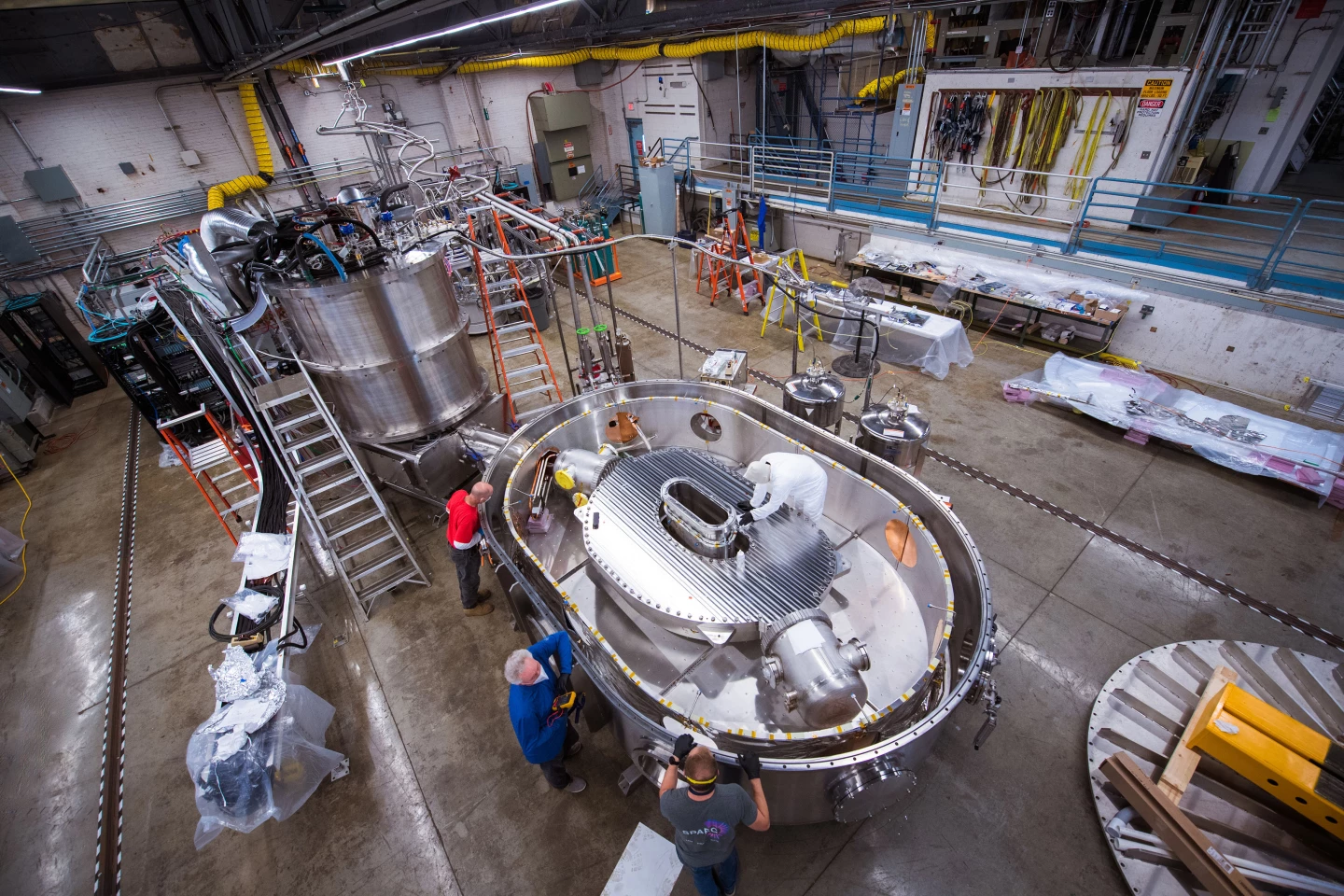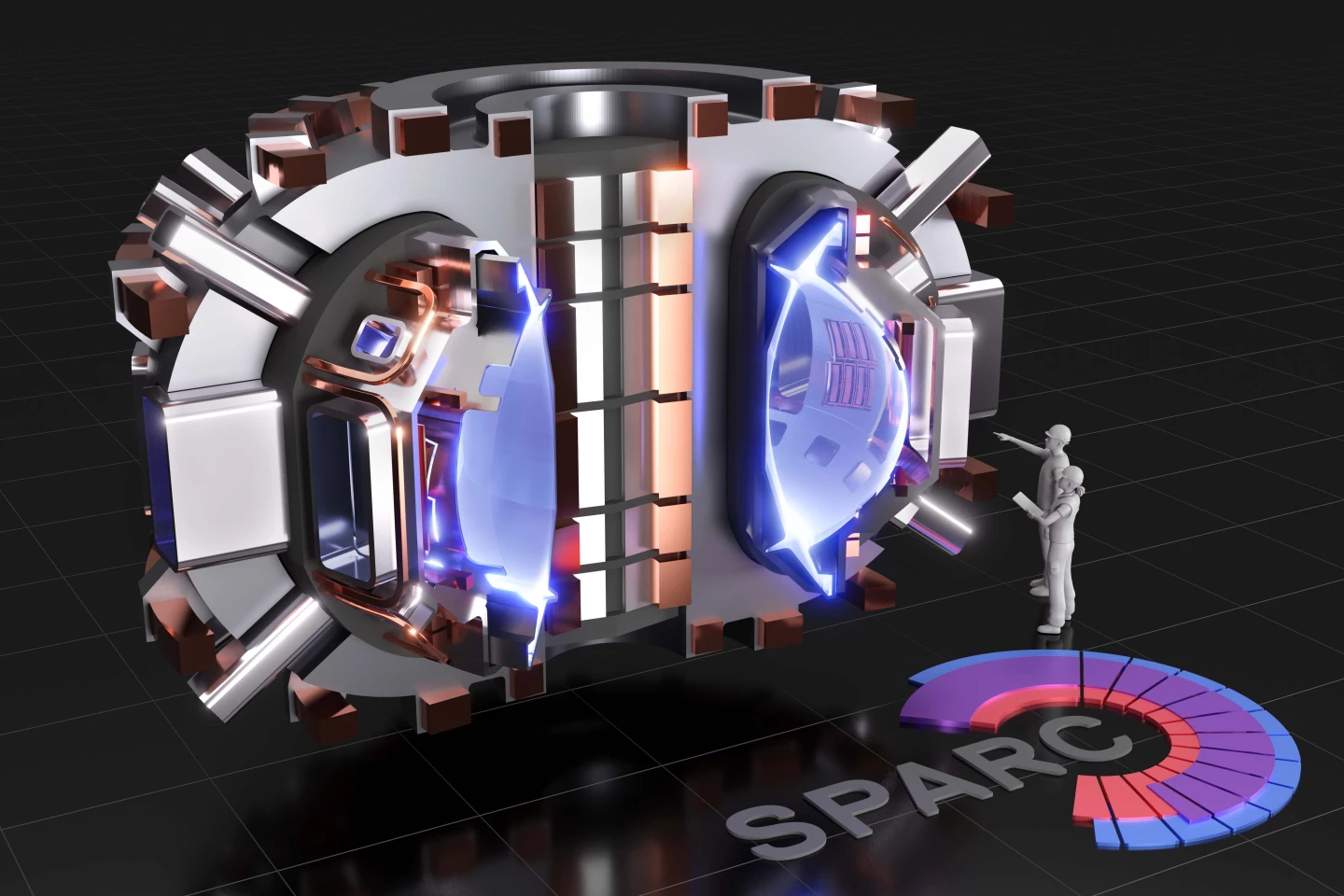In the field of nuclear fusion some are going big with their pursuit of clean, inexhaustible energy, like those piecing together the seven-story building to house ITER, the world's largest tokamak reactor. Others, meanwhile, are working on more compact and affordable designs in an attempt to edge the technology forward. A new breakthrough from MIT scientists demonstrates how some of the biggest advances might just come from these projects that are smaller in stature, with the team revealing a record-setting superconductive magnet, the most powerful of its type in the world.
The development of the novel magnet was led by MIT scientists working on an experimental fusion reactor design first revealed back in 2015. Called ARC (affordable, robust, compact), the reactor is a doughnut-shaped tokamak, which like ITER seeks to recreate the conditions inside our Sun that sees hydrogen atoms fuse together under extreme heat and pressure to release massive amounts of clean energy. ARC, however, will be around half the size of ITER, with a radius of 3.3 m (10.8 ft).
Whether it is ITER, ARC or fusion reactors that twist and turn like the Wendelstein 7-X stellarator in Germany, the physics and overarching aim is largely the same. Hydrogen isotopes deuterium and tritium are introduced into the chamber and superheated to form a swirling plasma, which needs to then be suspended and prevented from veering into the walls, or anything solid. And to achieve this, magnets are key.
Whether it is the misaligned magnetic coils at work in the Wendelstein 7-X, or the neat, repeating sequence of magnetic coils seen in conventional tokamaks, all are designed to generate magnetic fields so intense that they can pin the plasma in place long enough for the fusion reactions to occur. But the scientists working on ARC have been pursuing a magnet technology with a key point of difference.

Where ITER relies on superconducting magnets to control its plasma, these are low-temperature magnets that become superconducting when cooled to around -269 °C (-452.2 °F). The ARC scientists are instead looking to use what they call high-temperature superconductors, which allow for a far higher magnetic field in less space. The team has been working with a commercially-available tape that comes on spools and unfurls into a flat ribbon that becomes superconducting at higher temperatures and produces a stronger magnetic field. Because this would theoretically do a better job of confining the plasma, the reactor can be smaller and cheaper to build as a result.
With this tape as the starting point, the MIT scientists together with startup Commonwealth Fusion Systems (CFS) have spent the last three years trying to turn it into a high-powered magnet for use in a demonstration device called SPARC, a testbed for ARC that will be around half its size. The team's end product is a magnet that uses 267 km (166 miles) of the superconducting tape to form 16 plates, which are stacked together inside a D-shaped case. This magnet is cooled to around -253.15 °C (-423.7 °F), at which point it becomes superconducting and produces a powerful magnetic field.
“We built a first-of-a-kind, superconducting magnet," says Joy Dunn, head of operations at CFS. "It required a lot of work to create unique manufacturing processes and equipment. As a result, we are now well-prepared to ramp-up for SPARC production. We started with a physics model and a CAD design, and worked through lots of development and prototypes to turn a design on paper into this actual physical magnet.”

In testing, the team gradually ramped up the superconducting magnet until it generated a record-breaking magnetic field with a strength of 20 tesla, making it the most powerful magnetic field ever achieved with a fusion magnet.
Having already published a string of physics papers demonstrating the feasibility of SPARC, the team sees its new magnet as the missing piece of the puzzle, saying the magnet makes it possible to achieve a magnetic field that would be equal to one seen in a reactor 40 times its size using low-temperature superconducting magnets.
“The niche that we were filling was to use conventional plasma physics, and conventional tokamak designs and engineering, but bring to it this new magnet technology," says MIT's Martin Greenwald. "So, we weren’t requiring innovation in a half-dozen different areas. We would just innovate on the magnet, and then apply the knowledge base of what’s been learned over the last decades.”

As it stands, no fusion reactors have demonstrated an ability to generate more energy than they need to operate, and achieving this "break even" would be a historic moment. With their powerful new magnet, the scientists believe they have taken a significant step toward that goal.
“I now am genuinely optimistic that SPARC can achieve net positive energy, based on the demonstrated performance of the magnets," says Maria Zuber, MIT’s vice president for research. "The next step is to scale up, to build an actual power plant. There are still many challenges ahead, not the least of which is developing a design that allows for reliable, sustained operation. And realizing that the goal here is commercialization, another major challenge will be economic. How do you design these power plants so it will be cost effective to build and deploy them?”
SPARC is slated for completion in 2025. You can hear from some of the scientists involved in the research below.
Source: MIT







